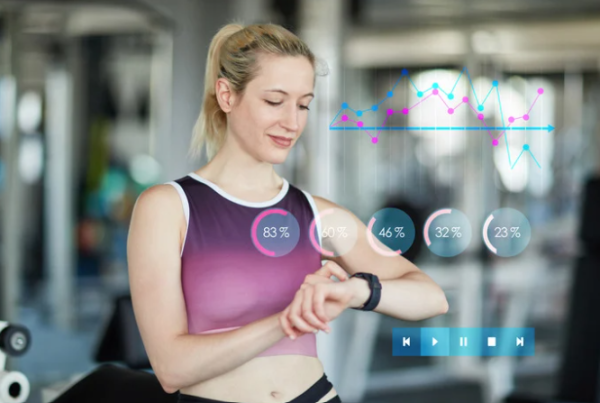In Part 1, we introduced Headstrong—our new mental health recovery program designed to support individuals returning to work after time off due to mental health challenges. Born from our experience with fatigue rehabilitation and insights gained through Heart Rate Variability (HRV) tracking, Headstrong takes a physiology-first approach to mental health. By combining exercise, HRV biofeedback, and personalised pacing strategies, it helps clients regulate stress, rebuild resilience, and restore confidence in their ability to function.
Sounds pretty good, right? Now, let’s take a closer look at how the program actually works!
Step 1: Understanding Your Baseline
Each participant begins with an initial assessment with an Exercise Physiologist, where we gather key data to inform the program. Since HRV trends require tracking over time, participants are set up with HRV monitoring tools and guided on how to collect this data across the first few weeks.
During the assessment, we focus on:
- Physical function and fatigue levels
- Work capacity and pacing needs
- Education on HRV tracking to establish a baseline over the following weeks
By using objective data collection over time, we ensure that each program is tailored to the individual, providing a clear starting point and a measurable way to track progress and provide them insights into what their body is doing.
One participant said:
“I feel like my experience has been validated by the science.”
Step 2: Building Physical and Mental Resilience
Using the assessment data, we develop a structured exercise and stress management plan. This includes:
- Personalised exercise programming to improve energy, movement, and motivation
- HRV biofeedback training to teach stress regulation techniques
- Pacing strategies to manage both cognitive and physical energy levels
Step 3: Practical Application and Return to Work
Throughout the program, we help clients integrate these strategies into their daily routines, with a strong focus on managing mental health in the workplace. For those in desk-based roles, this may include HRV-informed pacing strategies to reduce stress, structured movement breaks to combat fatigue, and breathing techniques to improve focus and emotional regulation. For physically demanding jobs, we incorporate strategies to manage nervous system activation, prevent stress-induced fatigue, and build resilience in high-pressure environments.
By tracking progress and making real-time adjustments, we ensure clients feel equipped to navigate workplace demands with confidence, gradually increasing their capacity while maintaining well-being.
One participant noted:
“I feel like I’m accomplishing things again instead of staying in bed all day.”
Looking for Mental Health Rehab Support?
Headstrong is more than just an exercise program—it’s a structured, science-backed approach to rebuilding both physical and mental resilience. By combining personalised movement plans, HRV biofeedback, and pacing strategies, we help clients reconnect with their bodies, manage stress, and gradually regain the capacity to engage with work and life.
If you’re a case manager, rehabilitation provider or employer supporting individuals on mental health claims, Headstrong is a proven, structured pathway to better outcomes.
Get in touch with Specialised Health to learn more about how the program can help your clients.
Author: Tessa Nielsen
Co-author Yolanda van Vugt
Check it out, or make an enquiry via our website – https://specialisedhealth.com.au/headstrong-program/



